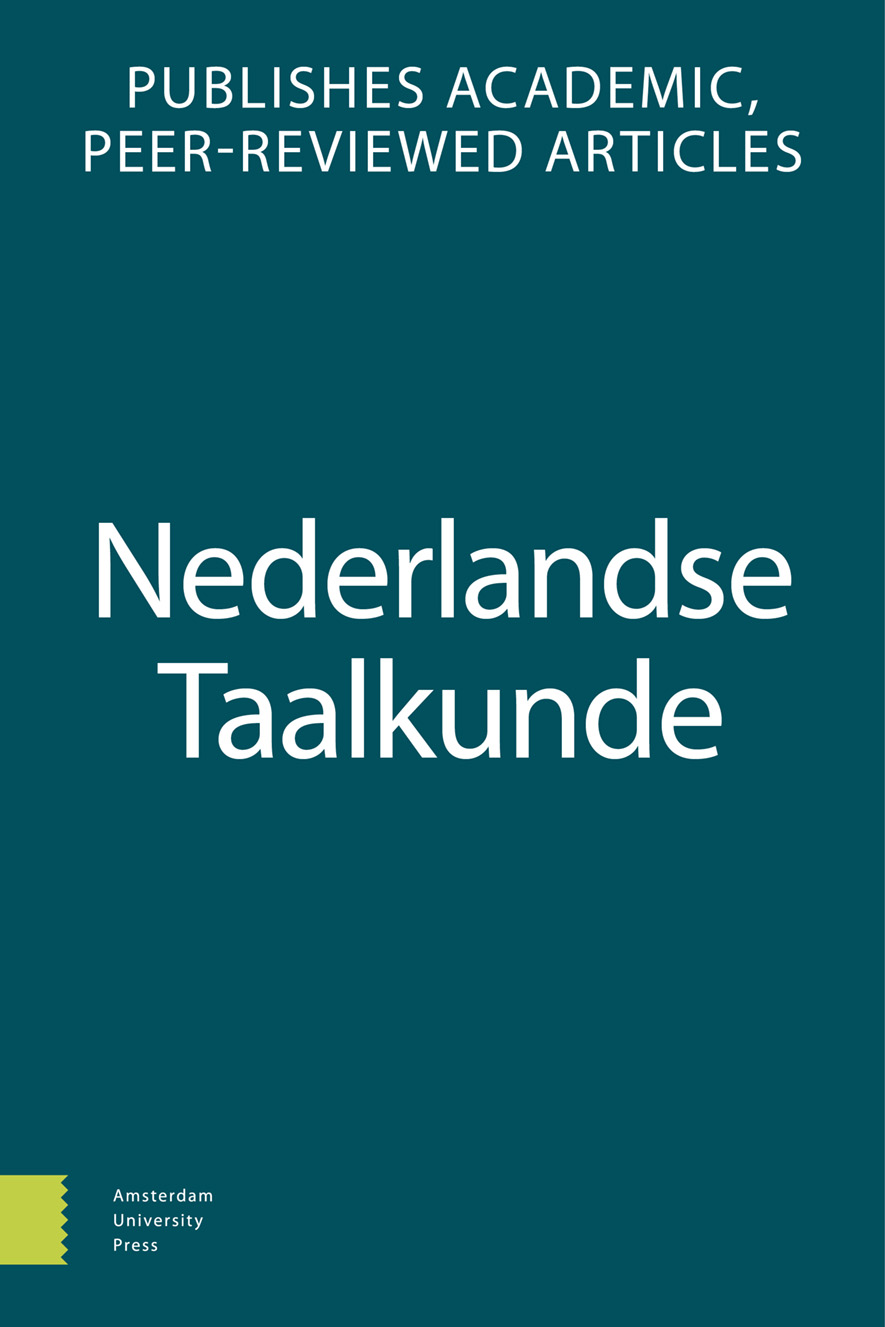-
oa The rise of verb-second
- Amsterdam University Press
- Source: Nederlandse Taalkunde, Volume 21, Issue 2, Sep 2016, p. 265 - 273
Abstract
Abstract
This paper provides some historical background of the rise of verb-second in Germanic by data from the earliest Germanic language of which we have authentic texts (rather than slavish translations from Latin): Old English (ca. 700-1100). The rise of verb-second can be seen as activating the C-head (i) by movement of another head V, in order to demarcate a focus domain, and (ii) by merging a ‘bespoke’ element, a complementizer. The rise of verb-second, then, is seen to work in tandem with the rise of hypotaxis, in which correlative, paratactic pairs of clauses develop into main clause/subclause configurations.
© 2016 Amsterdam University Press


